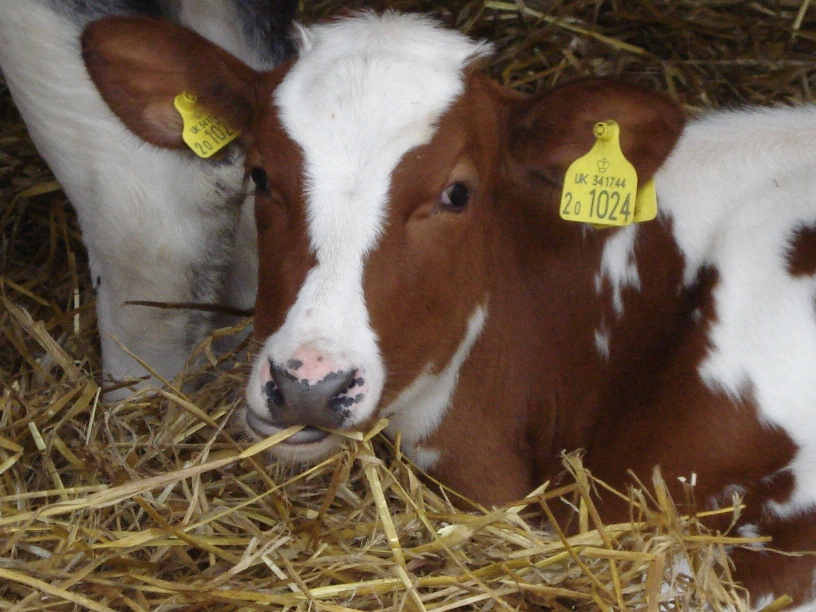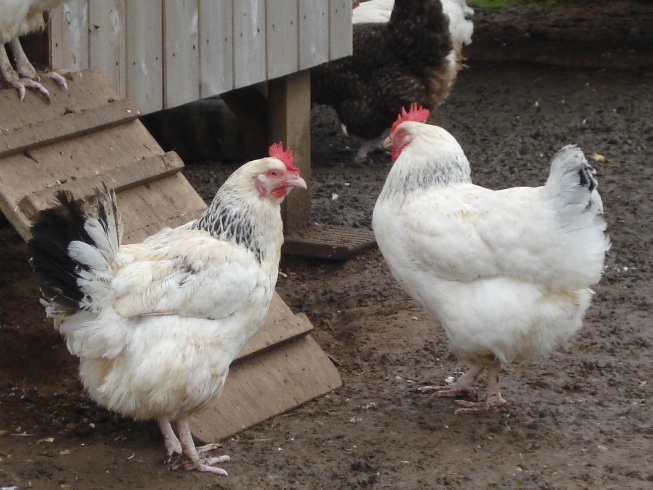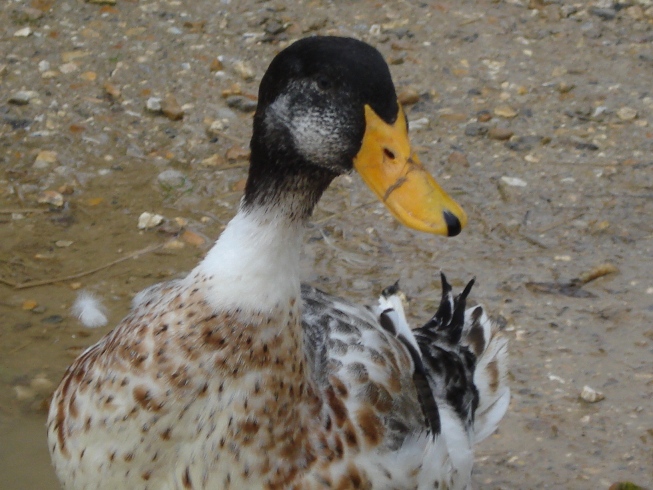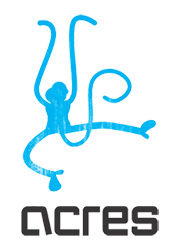From young, we are taught how we are different from animals, rather than what we have in common with them. Most of us grow up accepting the idea that animals are to be exploited and used for our own ends. So a lot of what we do in our individual lives causes enormous suffering for the creatures that share our planet.
What is Cruelty-Free Living

Because most of this cruelty happens behind the closed doors of slaughterhouses, factories, research institutions and organisations, we tend to think we are not directly responsible. But as the final consumers, the people who create the demand and pay for the fruits of animal exploitation, we are very much responsible.
But we can choose not to be. All of us have within ourselves the ability to relate to other living things with compassion. And we can make cruelty-free choices about what we eat, wear, do and buy that will make a positive impact not only on animals but on people, the environment and our own health too.
Read on to find out how you can make compassionate choices in your everyday life and lead a cruelty-free lifestyle.


Meat, Poultry and Seafood
Learn the hidden truth about the transformation of animals into food in modern factory farms. Find out about the institutionalised cruelty, greed and lack of compassion in the mainstream meat industry. You will also discover why more and more caring consumers are adopting a vegan diet.
The first step to a cruelty-free lifestyle is to give up meat altogether, or at least reduce its consumption and choose only genuine free-range meat and eggs.
In the name of profit and productivity, modern farms overcrowd animals and shut them up for their entire lives in tiny cages or pens, often in windowless sheds. Many animals are genetically manipulated and stuffed with growth hormones and antibiotics. Chickens often have their beaks chopped off to stop them pecking each other. Piglets are castrated and mutilated, often without anaesthesia. Cows are de-horned, castrated and painfully branded with hot irons. Calves are torn from their mothers at just a few hours old, raised in confinement in narrow crates, fed a liquid diet to make them anaemic and slaughtered at just a few weeks old for veal. Geese and ducks are force fed until their livers swell to ten times the normal size to make foie gras. The death rate is high. Many animals succumb to respiratory illness, infection from neglected wounds, bacterial and viral disease, stress, and heart attack. Many go mad from sheer lack of stimulation. Animals in slaughterhouses can often smell the stench, hear the screams and see the slaughter of those before them. Many are still conscious when their throats are slit and they are lowered into scalding tanks with boiling liquid.
Seafood
It is scientifically proven that fish can feel pain just as much as other mammals and birds. Deep-sea fish, when captured in trawler’s nets and dragged up, often undergo excruciating decompression. The pressure can rupture their swim bladders, pop out their eyes and push out their stomachs through their mouths. When they are tossed onboard they slowly suffocate. Many fish struggle so hard in nets that they bleed to death. Others are still alive when their throats and bellies are cut open. In fish farms, overcrowding causes injuries, stress and outbreaks of disease. Of course, even lobsters and shrimps feel pain. Cooking crabs and lobsters while they are still alive, scooping out turtles from their shells and chopping the fins off live sharks are all unnecessary and wanton cruelty.
List of web resources
Factory Farming:
The websites listed below reveal the hidden truth about the transformation of animals into food in factory farms.
- Compassion in World Farming: http://ciwf.org.uk
- Factory farming: http://www.factoryfarming.com
- Humane Society International: http://www.humanesociety.org/issues/campaigns/factory_farming/
- The Humane Farming Association: http://www.hfa.org
- The Meatrix (a must-see animation!): http://meatrix.com
- ThriveCuisine.com: https://thrivecuisine.com/lifestyle/go-vegan-ultimate-step-step-guide/
Vegetarian/Vegan diet and lifestyle:
Find out why more and more people are adopting a vegetarian and vegan diet.
- Vegetarian Society: http://www.vegetarian-society.org/
- Plant-based Starter Kit: http://animalallies.sg/outreach/PlantStrong.pdf
- Animal-friendly businesses in Singapore: goo.gl/YZKONH
- Everyday Vegan Shop: https://www.everydayvegangrocer.com
- GoVeg.com: http://www.goveg.com
- Healthline: https://www.healthline.com
- The Vegetarian and Vegan Foundation: http://www.vegetarian.org.uk
- The Vegetarian Resource Group: http://www.vrg.org
- Vegan.com: http://www.vegan.com
- Vegan Outreach: http://veganoutreach.org
- Vegetarians International Voice for Animals (Viva!): http://www.viva.org.uk
Click here for a list of vegetarian and vegan food in Singapore.
Milk
Is milk really as healthy as the dairy industry would like you to believe? Is the dairy industry full of happy contented cows as their ads portray? Find out the real truth about this cruel and exploitative industry. Find out why every glass of milk is a glass of suffering.
People commonly believe they do not hurt cows by drinking their milk. That’s not true. Dairy cows in corporate-owned milk factories lead wretched, miserable lives of constant pain. They are genetically manipulated and force-fed steroids and antibiotics to increase milk production. The unnatural milking schedules and hormones make their udders so painful and huge, they drag on the ground. Wide-eyed, innocent calves are dragged away within a few days of birth so humans can drink their mother’s milk. Male calves are sent for slaughter or for fattening to become veal while their mothers cry out and search for their babies for days after they are gone.
List of web resources:
- Chooseveg.com: www.chooseveg.com/dairy.asp
- Goveg.com: http://www.goveg.com/factoryfarming_cows_dairy.asp
- Milk Sucks: http://www.milksucks.com
Eggs
Discover the horrifying truth about egg production- the overcrowding, the forced moulting, the growth hormones, the de-beaking and the horrible deaths of newly-hatched male chicks.
On supermarket shelves, we see only the shiny, smooth eggs in little stacked trays. We do not see the incredible cruelty of the egg factories, with five or more hens crammed into a cage in which even one hen can’t comfortably stretch her wings. They live uncomfortably on slanted wire meshes covered with their own manure as well as manure that drips down on them from the cages above. Some farms prevent them pecking each other by chopping off their beaks in a de-beaking machine. Many lose their faces in the process. Sick, featherless and unable to stand on the brittle bones, they live as egg-laying machines. Since only female chicks are of use for egg-laying, male chicks are killed outright, by being thrown into bags or rubbish bins to suffocate or are ground up or crushed whilst still alive.
List of web resources:
- Egg Industry http://www.eggindustry.com/
- GoVeg.com http://www.goveg.com/factoryFarming_chickens_egg.asp
- United Poultry Concerns http://upc-online.org
Animals Testing and Experimentation
Should helpless animals be tortured and killed for the sake of every new brand of face cream and floor cleaner? Can technology only advance at the expense of innocent animals? Make informed, animal-friendly choices when it comes to your household and personal products.
Hundreds of thousands of rabbits, mice, rats and other animals are poisoned, blinded and killed each year in outdated and unnecessary experiments to test ingredients for new cosmetics, toiletries, household cleaners and other household products.
These experiments involve cruel and painful procedures such as dripping concoctions into animals’ eyes and rubbing substances into raw, shaved skin to check for reactions. Not to mention force-feeding animals with chemicals until they are poisoned and die.
And it’s not like these tests are useful. There are already 8000 ingredients known to be safe and effective. In addition, there is a range of safety testing alternatives to animal testing which do not involve animals, such as using tissue cultures and in-vitro tests.
List of web resources:
- Choose Cruelty Free: http://www.choosecrueltyfree.org.au
- FRAME: Fund for the Replacement of Animals in Medical Experiments: http://www.frame.org.uk/
- International Primate Protection League: http://www.ippl.org
- The National Anti-Vivisection Society: http://www.navs.org
Animals Used in Clothing
Why should animals be the victims of human fashion? Find out more about cruelty-free clothing and take the animals out of your wardrobe.
Buying clothes and accessories that are made from animals directly supports cruelty.
Fur used to make clothing and trinkets usually comes from fur farms where thousands of foxes, minks and raccoon dogs and other animals are crammed into small wire mesh cages for their whole lives. These caged wild animals often become so frustrated that they end up self-mutilating, biting off their own limbs and tails. Dogs, cats and rabbits are also farmed for their fur in appalling conditions. Animals killed for their fur are often electrocuted or beaten to death so as not to damage the pelts. Many are still alive and conscious when they are skinned.
Millions of sheep perish from shearing operations because their wool is removed before the weather has warmed up, primarily for business reasons. Wool is cut with sharp shears at speeds that inevitably take apart noses, ears and other parts of the animal and practically all sheep are injured in one way or another.
Many think that leather is simply a by-product of the meat industry, but this is not the case. The leather industry supports the cruel factory farms and the misery of the slaughterhouse. In reality, leather is a co-product of the meat industry, generating significant profits for both factory farms and the leather tradeitself. In fact, without the lucrative sale of animal skins for leather, factory farms would not even be able to turn a profit by selling meat alone. Ultimately, buying leather products subsidizes factory farms while providing financial incentive for them to produce more leather. Almost all the animals that end up as belts and shoes suffer intensive confinement, crowding, branding, castration, tail-docking, de-horning and cruel treatment during transportation and slaughter.
In addition, most leather comes from developing countries like India and China, where animal welfare laws are either non-existent or not enforced. Conditions for animals in these countries are particularly cruel and the cows are so malnourished that they yield little, if any, meat. Old and sick cows are often forced to march long distances, then crammed tightly into illegal transport trucks that take them to the slaughterhouse. Upon arrival, handlers may beat and torture weak and injured cows to force them to walk to the killing floor.
Not only is the breeding and killing of animals for leather cruel in itself, but the chemicals used in the tanning process – including formaldehyde, chromium, arsenic, and cyanide-based dyes and finishes – pose serious threats to both the environment and human health.
List of web resources:
- Leather: http://cowsarecool.com
Animals in Sports
Should animal pain be a human pastime? Find out why fishing, hunting, horse racing, greyhound racing, bullfighting and cockfighting are no fun at all for the animals.
Hunting and shooting birds and wild mammals is widely recognised as a cruel ‘sport’. Few, however, realise that fishing is just as cruel. Leading scientists acknowledge that fish do feel pain, stress and fear. Their pain receptors are as highly developed as mammals. Most people would be horrified if a dog were hooked and dragged across the road to be drowned. But this is exactly what people do to fish in the name of sport. Not only is the hooking extremely painful, fish also suffocate slowly when pulled out of the water. Their gills start to collapse and bleed. Besides fish, many birds and mammals also die from injuries caused by lost and discarded hooks, lines and lead weights.
Horse racing is a form of animal exploitation. Many racehorses have been turned into junkies by their trainers and veterinarians, who frequently drug them to keep them on the track even when they aren’t fit enough to run. Commonly used drugs are painkillers but don’t treat the underlying disorders. Sometimes, drugged horses are forced to race with hairline fractures. Young horses are often made to run before their bones have fully matured. Injuries, lameness and death on the track are common. Horses that fail to bring in winnings are rewarded with an unceremonious early death, and their flesh is rendered into dog food or glue.
List of web resources:
- Animal Aid: http://www.animalaid.org.uk
- League Against Cruel Sports: http://league.uk.com
Animals in Entertainment
Do circus animals lead a happy life? Do wild animals enjoy performing tricks? What happens when they are not performing? Find out why circus-style animal shows are no fun for the animals.



 break;
break;
break;
break;
